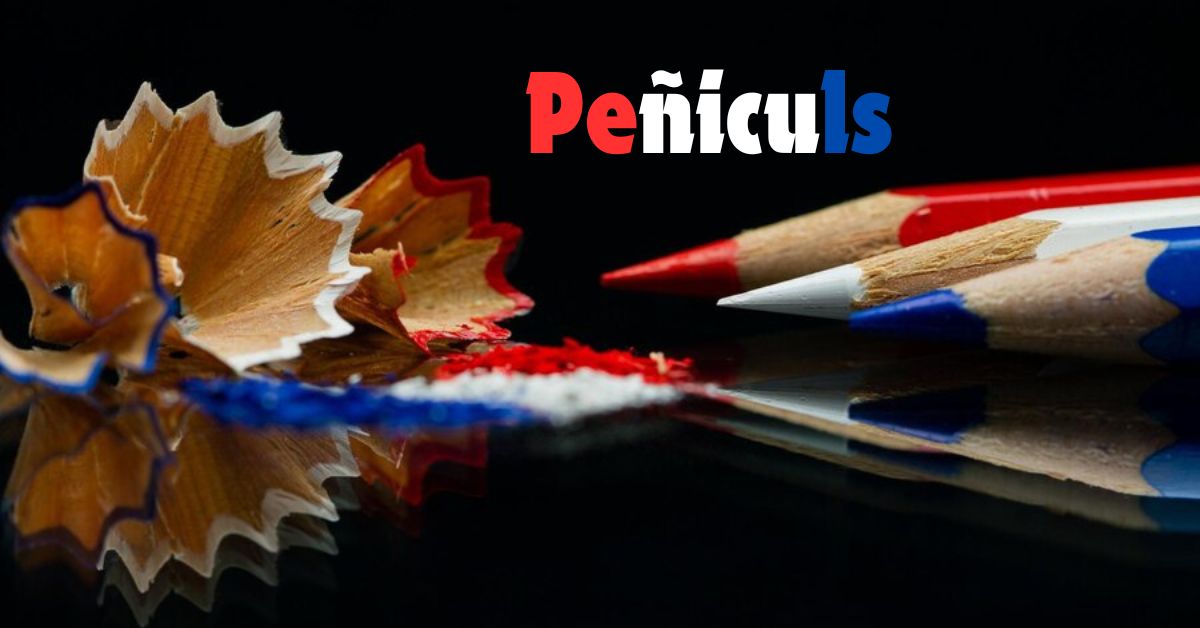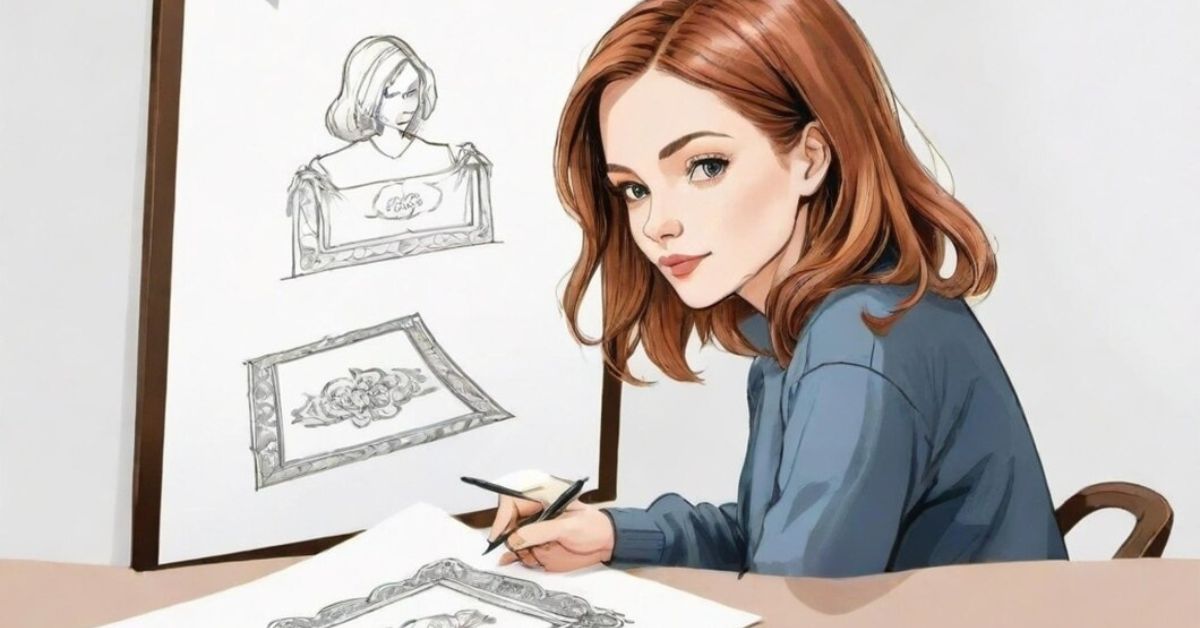Introduction
Art has an incredible ability to transport us across time and culture. One such fascinating element that bridges history with contemporary expression is the intricate design known as peñiculs. These captivating patterns, steeped in tradition, are experiencing a renaissance in today’s artistic landscape. As modern creators explore their depths, we find ourselves at the crossroads of heritage and innovation. Dive into the world of peñiculs—where each swirl tells a story and every line holds meaning—and discover how these designs continue to shape creativity today.
What Are Peñiculs?
Peñiculs are intricate designs characterized by their delicate, swirling patterns. Originating from traditional art forms, they embody a fusion of cultural motifs and creative expression.
These ornamental elements often feature natural themes, reflecting the beauty found in flora and fauna. Each twist and turn tells a story, connecting viewers to a rich tapestry of history.
Artisans painstakingly craft peñiculs using various mediums—from textiles to ceramics—infusing life into their creations. The elegance of these designs captivates audiences across generations.
In modern interpretation, peñiculs serve not just as decoration but as symbols laden with deeper meanings. They invite curiosity while bridging past traditions with contemporary aesthetics.
Artists today draw inspiration from this timeless art form, ensuring that peñiculs continue to thrive within the artistic landscape. Their presence is felt far beyond mere visuals; they resonate emotionally and culturally with people worldwide.
The History and Origins of Peñiculs in Art
Peñiculs have a rich history that intertwines with various cultures and artistic movements. Their origins can be traced back to ancient civilizations, where intricate designs adorned textiles and pottery.
These patterns often reflected the beliefs and traditions of their creators. Over time, peñiculs evolved from functional motifs into celebrated art forms.
In regions such as Latin America, peñiculs are deeply rooted in indigenous practices. Artisans used them to tell stories or convey spiritual messages through vibrant colors and complex shapes.
During the Renaissance, European artists began incorporating similar designs into their works. This fusion created new techniques that enhanced visual storytelling in paintings and tapestries.
The journey of peñiculs is not just about aesthetics; it embodies cultural significance across generations. Each line tells a story, every curve contains meaning—a testament to humanity’s enduring creative spirit.
The Importance of Symbolism in Peñicul Designs
Symbolism is at the heart of peñicul designs. Each element woven into these intricate patterns tells a story or conveys emotions. The use of colors, shapes, and motifs adds layers of meaning that resonate with viewers.
For many artists, peñiculs transcend mere decoration. They serve as a means to connect with cultural heritage and personal identity. A single design can evoke memories or represent hopes and dreams.
The symbolism in peñiculs also invites interpretation. Different audiences may see distinct meanings based on their experiences and backgrounds. This versatility enhances the art’s appeal across various demographics.
Moreover, contemporary artists often reimagine traditional symbols within modern contexts. By doing so, they breathe new life into age-old narratives while keeping them relevant for today’s society. This ongoing dialogue between tradition and innovation emphasizes the enduring significance of peñicul designs in visual storytelling.
Contemporary Artists and their Use of Peñiculs
Contemporary artists are increasingly drawn to peñiculs, weaving these intricate designs into their work. The allure of these patterns lies in their rich history and deep symbolism.
Artists like Ana de la Vega incorporate peñicul motifs into vibrant murals that celebrate cultural heritage. Her pieces breathe life into urban spaces, inviting viewers to explore the stories behind each design.
Meanwhile, digital artists experiment with peñiculs in graphic design. They create mesmerizing visuals that blend traditional motifs with modern aesthetics. This fusion captivates audiences online and offline alike.
Sculptors are also taking notice. By carving peñicul patterns into various materials, they offer a tactile experience that invites engagement from all angles.
These contemporary interpretations not only honor the past but also redefine how we perceive art today—making it accessible and relevant for new generations while keeping traditions alive.
How Peñiculs are Used in Modern Design and Fashion
Peñiculs have found a vibrant place in modern design and fashion, captivating creators with their intricate beauty. These delicate patterns are now embraced by textile designers who incorporate them into fabrics that tell stories.
Fashion designers frequently draw inspiration from peñicul motifs. They transform these elements into stunning garments, blending tradition with contemporary aesthetics. Runway shows showcase dresses adorned with peñicul designs, creating eye-catching ensembles that celebrate cultural heritage.
Interior design also benefits from the allure of peñiculs. From wallpaper to decorative art pieces, these patterns add depth and character to spaces. They create focal points in rooms while evoking a sense of history.
Sustainable brands are particularly intrigued by peñicul designs for their timeless appeal. By merging eco-friendly materials with traditional artistry, they offer consumers unique items that resonate on multiple levels—style, sustainability, and storytelling through culture.
Impact on Pop Culture and Media
Peñiculs have made a vibrant mark on pop culture and media, transcending traditional boundaries. From fashion runways to blockbuster films, these intricate designs capture attention.
In music videos, artists often incorporate peñicul motifs into their visuals. This creates striking imagery that resonates with audiences. The unique patterns draw viewers in and evoke a sense of cultural richness.
Fashion designers are also embracing peñiculs. Collections featuring these designs showcase their versatility and allure. Runway models flaunt clothing adorned with colorful peñicul patterns, making statements about heritage and modernity.
Social media platforms buzz with posts celebrating the beauty of peñicul-inspired art. Influencers share images highlighting this aesthetic, creating trends that spread rapidly across digital landscapes.
Television shows increasingly feature characters wearing garments influenced by peñiculs. These elements add depth to storytelling while honoring artistic traditions rooted in history.
The Enduring Influence of Peñiculs in Art
Peñiculs have carved a unique niche in the world of art, transcending time and cultural boundaries. Their intricate designs continue to captivate artists and audiences alike.
The fluid lines and elaborate patterns evoke emotions that resonate deeply with viewers. Artists find inspiration in these motifs, often reinterpreting them through contemporary lenses.
In galleries worldwide, peñicul-inspired works push creative boundaries. They blend traditional aesthetics with modern techniques, creating an intriguing dialogue between past and present.
Moreover, peñiculs serve as a bridge connecting generations of creators. Emerging artists draw from this rich heritage while adding their own voice to the conversation.
As digital media evolves, platforms showcase innovative interpretations of peñicul designs. This adaptability ensures that their essence remains relevant in our rapidly changing artistic landscape. The allure of peñiculs will likely persist for years to come.
Conclusion
Peñiculs hold a captivating place in the world of art, weaving intricate stories through their elaborate designs. These patterns not only showcase the skill and creativity of artists but also reflect deep cultural significance and symbolism. As contemporary creators draw inspiration from these historical motifs, they continue to evolve, merging traditional elements with modern aesthetics.
From high fashion runways to graphic design studios, peñiculs are making waves across various mediums. Their influence is evident in pop culture as well, where designers and artists pay homage to this art form by incorporating it into music videos, film sets, and social media campaigns.
The enduring appeal of peñiculs lies in their ability to resonate with both artists and audiences alike. They serve as a bridge between past traditions and future innovations. By embracing these intricate designs, we celebrate a rich artistic heritage while inspiring new generations of creatives to explore the endless possibilities that arise when history meets contemporary imagination.



